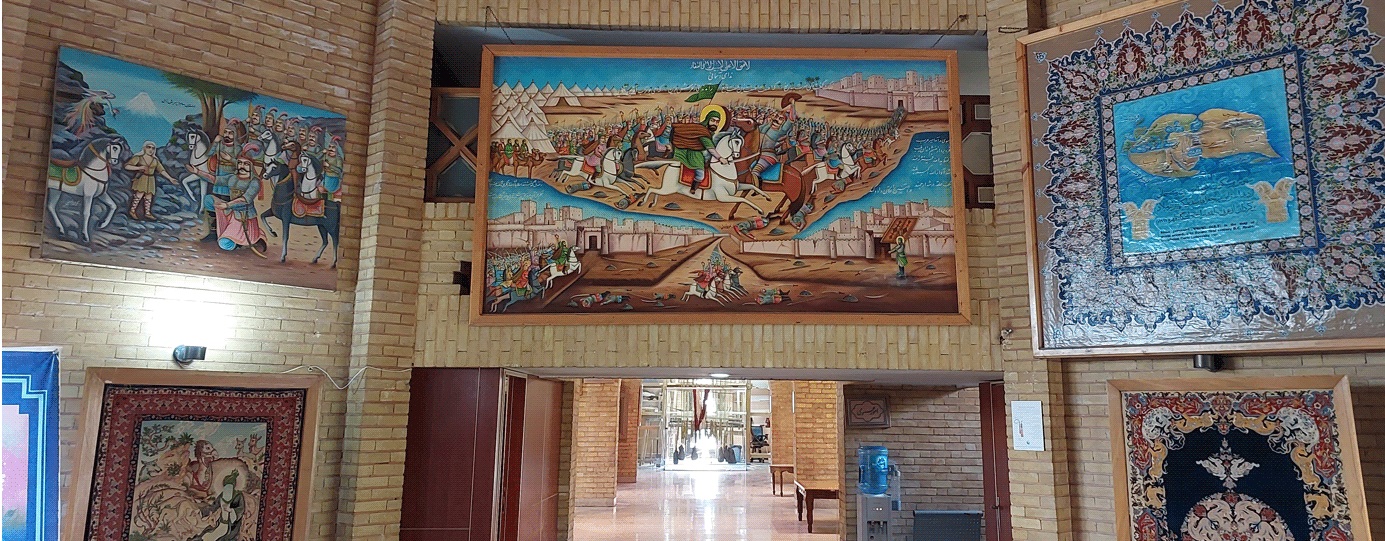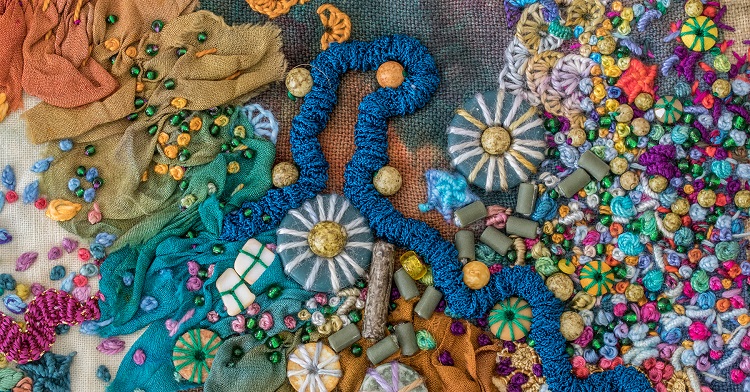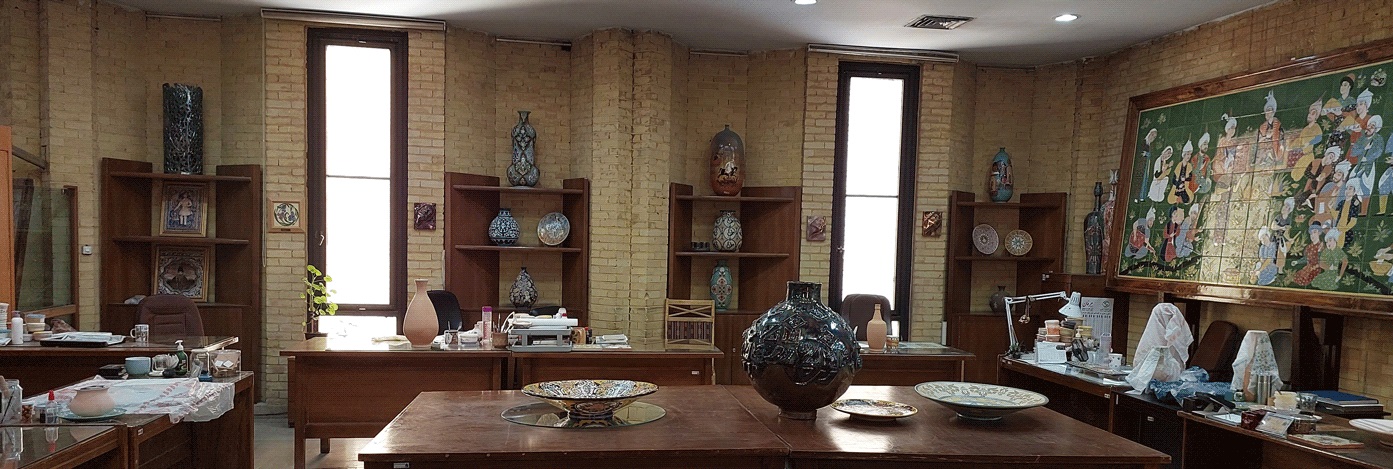ResearchGate |
|---|
Comparison of nanofiber production techniques and production of PAN nanofiber using air-assisted electrospinning |

ELECTROSPINNING This paper explores alternative techniques for increasing nanofiber production and experimental studies to optimise the process parameters for air filtration applications. anotechnology, a rapidly evolving field, has permeated diverse industries, including tissue engineering , drug delivery, protective clothing , air filtration, energy storage, composites , and separation membranes 1. Its wide range of applications has sparked global research interest. One notable area is air filtration, where nanotech-nology brought about significant improvements concerning the efficacy and reductions in adverse events, resulting from the various outstanding properties of nanomaterials such |
||
|
2024-11-01 Read more about this article in source |
||
-
Springer more ...
Preparation of Multi-scale PI Nanofiber Membranes for High Temperature Air Filtration
To address the insufficient efficiency of traditional filter materials in treating high-temperature waste gas from thermal power plants, a... 07/14/2025
-
Springer more ...
Recent Progress of Electrospun Nanofiber-Based Composite Materials for Monitoring Physical, Physiological, and Body Fluid Signals
Flexible electronic skin (E-skin) sensors offer innovative solutions for detecting human body signals, enabling human–machine interactions and... 06/18/2025
-
Springer more ...
Nanofiber-Based Biomimetic Platforms for Chronic Wound Healing: Recent Innovations and Future Directions
Background:Wound healing remains a significant challenge in healthcare, particularly for complex and chronic wounds where conventional treatments... 06/13/2025
-
Springer more ...
Polycaprolactone/chitosan/manganese (II) oxide nanofiber: improving pH stability of arginase enzyme
This study explores the fabrication and characterization of advanced polycaprolactone (PCL)/chitosan (CS)/manganese (II) oxide (MnO) nanofiber for... 06/10/2025
-
Springer more ...
Enzyme-Integrated Polyacrylonitrile/Graphene Nanoplatelet Antibacterial Nanofiber Air Filter for Indoor Bioaerosol Removal
AbstractThe recent COVID-19 pandemic has amplified concerns about indoor air quality, emphasizing the need for effective air filtration solutions to... 06/01/2025
-
ResearchGate more ...
A comparative fractographic analysis for the effect of polymeric nanofiber reinforcements on the tensile behavior of multi-layered epoxy nanocomposites
This study presents a comparative investigation into the effects of four different nanofibers—PA66, PStX, PAN, and PVB—on the mechanical performance and failure mechanisms of epoxy adhesive films. These nanofiber‐reinforced adhesive layers were manufactured via a dry‐reinforcement resin film infusion method and tested under uniaxial tensile loading. Mechanical results showed that PA66 and PStX nanofibers improved tensile strength by up to 25%, primarily by mitigating crack initiation at free edges and promoting effective fiber–matrix bonding. In contrast, PAN nanofibers induced micro‐cracks at the fiber–resin interface, amplifying crack coalescence and reducing strength by 25%. 03/01/2025




